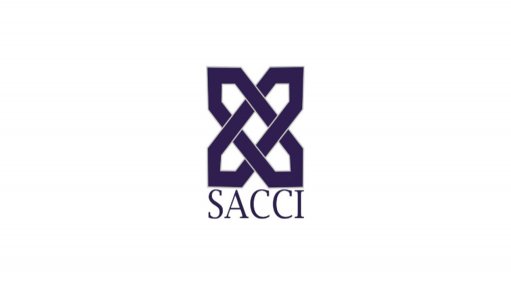
The results from SACCI’s July 2018 trade conditions survey among business indicated trade prospects deteriorated further from the already negative outlook in June 2018. Trade expectations for the next six months, as reflected by the Trade Expectations Index (TEI), declined from 49 to 45 in July 2018. The Trade Activity Index (TAI) measures prevailing trade conditions, improved slightly, but stayed in negative territory at 41, compared to 37 in June 2018. The TAI measured 47 in July 2017.
The weak trade conditions in June 2018, when 71% of respondents experienced depressed sales volumes, improved in July 2018, as only 58% respondents experienced declining sales volumes. Compared to July 2017, trade conditions were more restrained in July 2018 with the TAI 6 index points lower than July last year. The TEI was 5 index points below last year’s level.
External factors that made respondents uneasy were work stoppages, the quality of job applicants, and violent and disruptive labour action. Consumer purchases were also badly impacted by the lack of confidence in the market. Fuel costs and the increase in VAT are still inhibiting trade conditions. Notably, there is a knock-on trade effect by the slowdown in the construction sector.
According to the survey, sales volumes improved from the severe pressure experienced in June. The sales volume sub-index, at 42, was 13 index points up on the 29 recorded in June 2018 – this was also better than the 36 of May. New orders improved with the sub-index up by 3 points to 35. The expected sales volumes index moved into negative territory, from 53 in June to 49 in July 2018. The index on expected new orders was lower at 44 – declining from 50 in June. Subdued trade activity and decreased sales volumes are putting additional pressure on inventory holdings and profitability.
The subdued trade conditions are exerting pressure on sales prices with 55% of respondents indicating rising sales prices, compared to 61% in April 2018. The input price index rose by another 3 index points to 71 - implying rising costs. Price expectations point to rigid higher prices, with 75% of respondents expecting higher input costs.
The employment sub-index moved further into negative terrain at 39, compared to 45 in June 2018. The 6-month employment outlook index declined by 1 index point to 42 – implying tight employment conditions in the trade surroundings.
Issued by SACCI